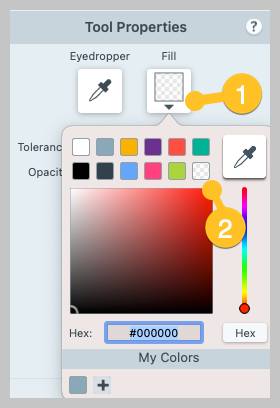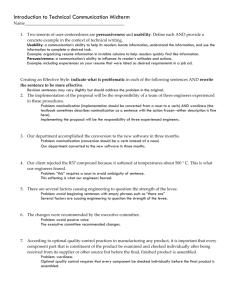

The easiest way to check if an image has an alpha channel is by using the node wrangler add-on.
#Snagit 12 transparent fill is white how to
How to check that an image has transparency in Blender? In certain situations, for instance in trees with leaves that has alpha around them, this may not be enough, and we may need many bounces for the tree to look realistic. The key is to use the alpha output of the image texture as the factor, deciding what pixels in the image are transparent and what pixels are not. Related content: Blender: A Cycles render settings guide Related content: A guide to Blender Eevee render settingsĪlso, here is the same article, but for Cycles. If you are interested in an overview of Eevees render settings you can find my guide here that covers most sections from shadows, indirect light to film settings where we find background transparency. Suggested content: Artisticrender's E-Book It has helped many people learn Blender faster and deepen their knowledge in this fantastic software.

Connect the Transparent BSDF to the Mix shaders top BSDF slot.Disconnect the Principled shader from the Material output and put it in the bottom slot of the Mix shader.Connect the image node color to the base color of the principled BSDF.Add a mix shader node as well and place it on the right side of the Principled shader and move the material output further to the right.Go to the add menu(Shift+A) in the shader editor, find shader and choose a Transparent BSDF.Drag and drop your image into the shader editor on the left side of the Principled BSDF node.Make sure that you have the correct object and material selected.These are the steps we follow to use an image with alpha transparency in Cycles. How to set up a material for transparency in Blender But we are getting ahead of ourselves here. We could use any of the other channels in an image and tell Blender that we, for instance want to use the Red channel as alpha. All an alpha channel really is, is a gray scale image. For instance, we can use the built-in procedural textures in Blender to generate an alpha channel. There are other file types that also support alpha, but PNG is the file type you are most likely to come across. A JPEG for instance does not support alpha, while PNG files does. The image format we are using also needs to support an alpha channel. If an image has an alpha channel, you will generally know that it does. We also need to make sure that the alpha channel isn't empty, which can be the case with many image files. To use transparency, we therefore need an image with an alpha channel. Alpha is then used to create transparency. But in some image types, such as a PNG file, we may have a fourth channel that we call alpha. If there is a difference between them you can say that in an image, we have red, green and blue channels. They are after all, almost the same thing. The words transparency and alpha are often used interchangeably. What is transparency and its prerequisites? Let’s cover the details on how we achieve this in both Eevee and Cycles as well as some possible caveats and downsides that we may encounter. We mix the two shaders together with a mix shader and use the alpha channel from the image texture node as the factor input. To use an image textures alpha channel in Blender we need to set up a material that combines a shader node like Principled BSDF with a transparency BSDF node. But when I learned about shaders and the node editor, I found the answer. When I first came across a situation when I needed a transparent image in Blender, I didn’t have any idea how to make that happen.


 0 kommentar(er)
0 kommentar(er)
